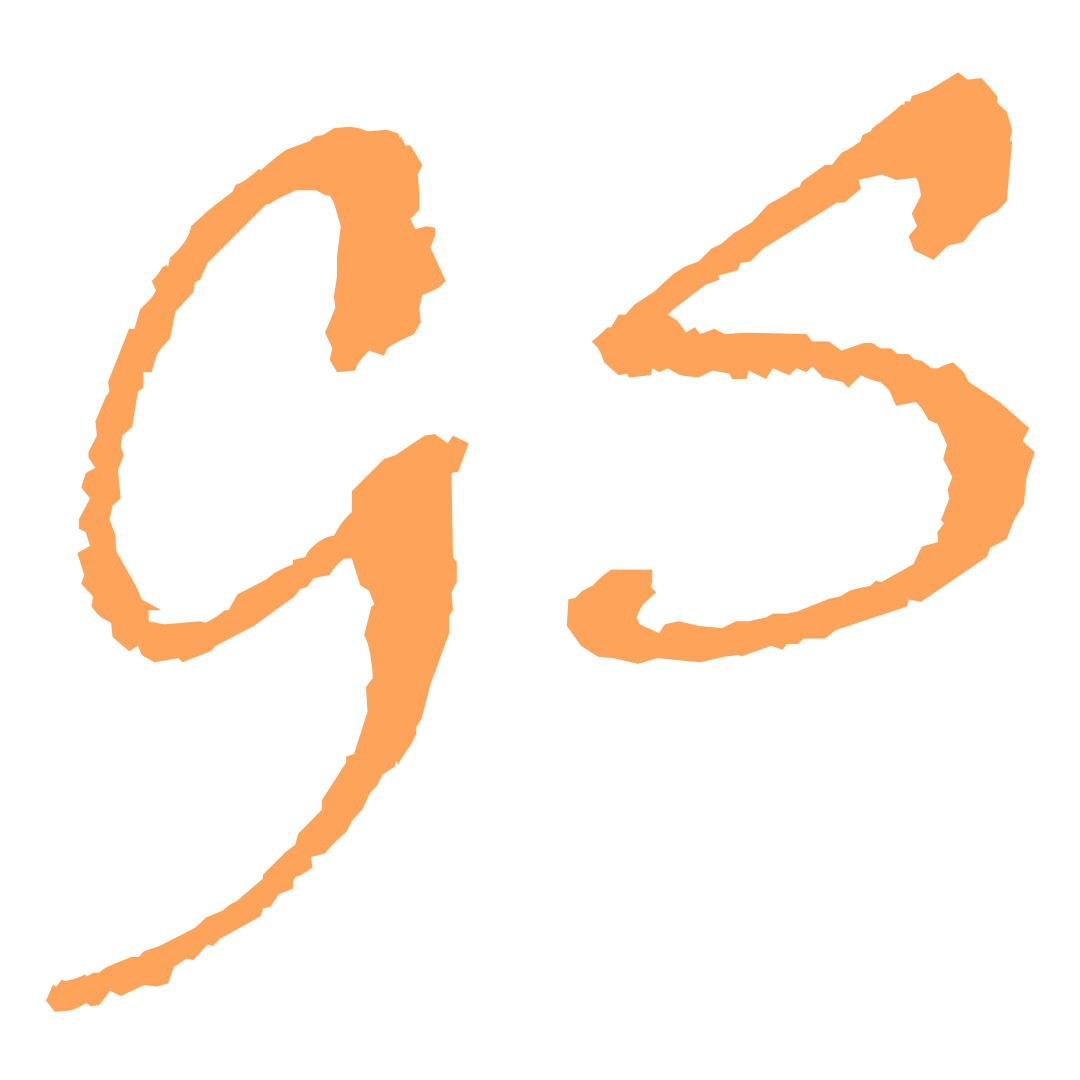Francisco José de Goya y Lucientes was born on the 30th of March 1746, in Fuendeodos, near Saragossa, Aragon province, to a lower-middle class family.
After learning to read and write, at 14 years of age he began a 4-5 years’ apprenticeship to a painter, namely Jose Luzan Martinez (1710-1785). Here, he learned printmaking and drawing, thus he started reproducing works of the Italian Renaissance artists.
His endeavour to get admitted to the Academy of Arts resulted in failure, twice, and he decided to work in Francisco Bayeu’s workshop.
In 1770, he started a journey to Madrid and Italy, Rome, where he got closely acquainted with the works of Italian masters and he began to create paintings depicting mythological topics. In 1772, Goya returned to Spain and was hired to paint the Cathedral-Basilica of Our Lady of the Pillar from Saragossa with a fresco called “Adoration of the Name of God”, and, during the same year, the artist married Josefa Bayeu, the sister of the artist Francisco Bayeu.
Goya’s paintings depicted various themes, such as rural life, hunting, but also people of lower classes of the Spanish society, namely “majos” and “majas”.
In 1779, Goya was admitted to San Fernando Academy, with “Christ Crucified” as reception piece, while in 1785 he was appointed Assistant-Director of the Academy. Furthermore, in 1786 Francisco Goya was appointed painter to the king and he started creating official portraits, as well as other works depicting the royal family.
At the age of 46, Francisco Goya began to suffer from headaches, dizziness, tinnitus, paresis in the right arm, severe eyesight condition resulting in blindness. This terrible disease left him deaf in 1793.
After having worked for 6 years, the series “The Caprices” comprising 80 works is released in 1799. With respect to “The Caprices”, Goya himself asserted: “The world is a masquerade. Look, dress and voice, everything is only pretension. Everyone wants to appear to be what he is not. Everyone is deceiving and no one ever knows himself.”
As the inquisition frowned on “The Caprices”, in 1803 Goya donated to King Charles IV of Spain all the copper plates and the rest of the unsold works, thus avoiding a possible trial.
Afterwards, during the war that followed the Napoleonic invasion, in 1808, having been greatly disturbed by it, Goya has created two masterpieces that are exhibited in the Prado Museum, namely “Dos de Mayo” and “El Tres de Mayo”. In 1810, Goya started creating a series of etchings “The Disasters of War”, whereby he presented his vision as to the tragic events that the Spanish people had witnessed.
The first edition of the “The Disasters of War”, which had 500 impressions, was published in 1863 at the initiative of San Fernando Academy, 35 years after his death. The second edition came up in 1892, also at the initiative of San Fernando Academy, while there had been another 5 editions issued in Madrid in 1903, 1906, 1923, 1930 and 1937.
After his wife passed away in 1816, the artist began to focus and created a new series called “La Tauromaquia’’, comprising 33 etchings that he published during the same year. Goya, who was very fond of bullfighting, has primarily targeted enthusiasts of such events.
After he passed away, there were issued several editions, while the third edition Loizelet (1876) included 7 new etchings, marked from A to G.
Goya passed away in 1828 in Bordeaux, while leaving behind true masterpieces that would enter the public awareness and would influence the 19th Century art.
In this exhibition you will find 79 works from the three main series, “The Caprices”, “The Disasters of War”, “La Tauromaquia”, each work having the edition mentioned in the description.
The original dimension of each artwork is mentioned in the individual description. The images were digitally resized to a scale the curator deemed appropriate for the online experience.
This Exhibition runs from September 2023 to January 2024.
Enjoy!
